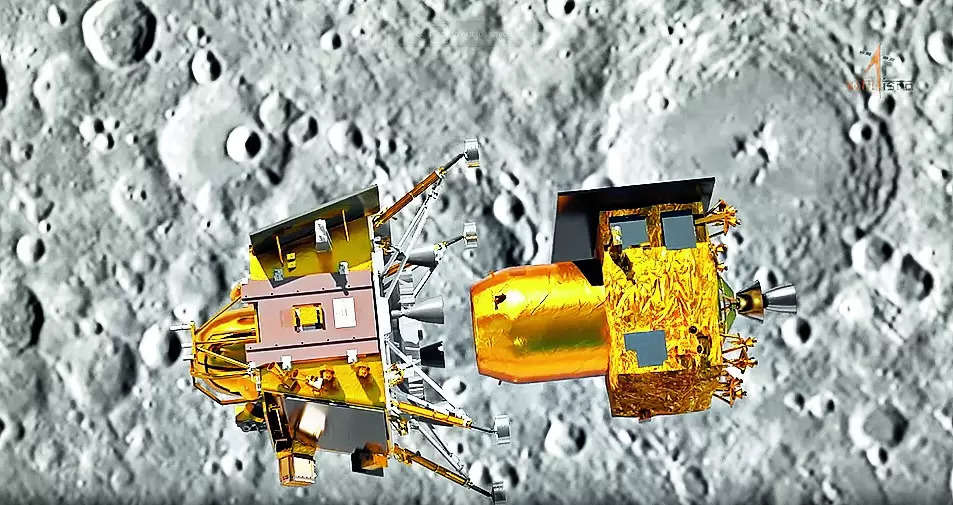This marks another achievement, following the lunar hop by Vikram (lander), showcasing the capability of reigniting engines on the Moon and controlling equipment — operations that ISRO had not initially planned.
The Chandrayaan-3 mission, launched on July 14, 2023, aimed to showcase a soft landing near the lunar south polar region and conduct experiments using the Vikram Lander and Pragyaan rover. With the Vikram Lander making a historic touchdown on the Moon on August 23, and the mission’s objectives fulfilled, attention turned to the surplus fuel of the PM.
Utilizing innovative mission strategies, ISRO decided to extend the PM’s operational life and leverage its remaining fuel for future lunar missions. After careful planning and maneuvering, the PM’s trajectory was adjusted to transition from lunar orbit to Earth orbit, avoiding potential collisions with the Moon or Earth’s GEO belt.
“The return maneuvers, initiated in October 2023, involved raising the apolune altitude and performing a Trans-Earth Injection (TEI) maneuver. The PM completed four Moon flybys before departing the Moon’s Sphere of Influence (
SOI) on November 10,” ISRO said.
Currently, it orbits Earth, having crossed its first perigee on November 22, with no threats to operational satellites based on current orbit predictions, it added.
The SHAPE payload onboard the PM, designed for Earth observation, continues to operate as planned. ISRO’s flight dynamics team has developed a sophisticated analysis tool for this operation, demonstrating ISRO’s commitment to advancing space exploration capabilities.
“Key outcomes from the return maneuvers include trajectory planning for Moon-to-Earth transitions, software module development for maneuver planning, execution of gravity-assisted flybys, and the avoidance of uncontrolled crashing to meet debris creation standards,” ISRO said.
The successful repositioning of the PM not only extends its mission life but also contributes valuable insights and capabilities for future lunar missions.

